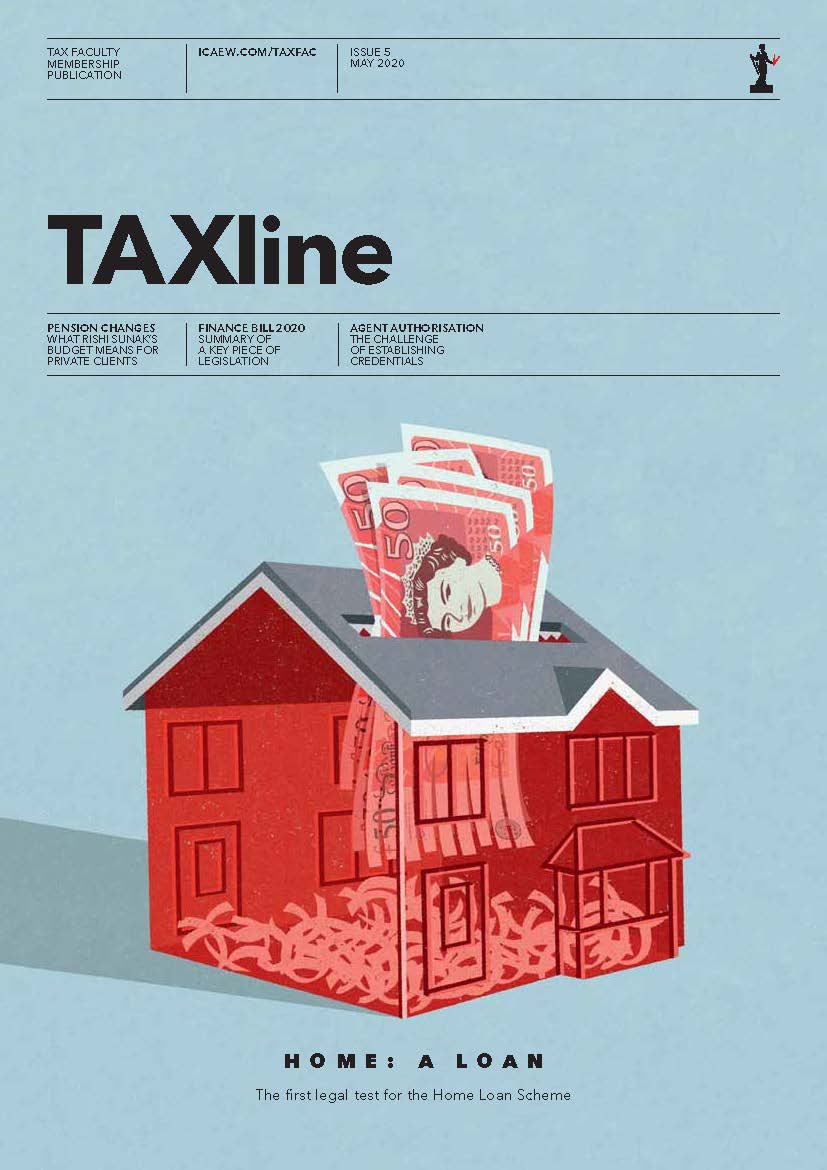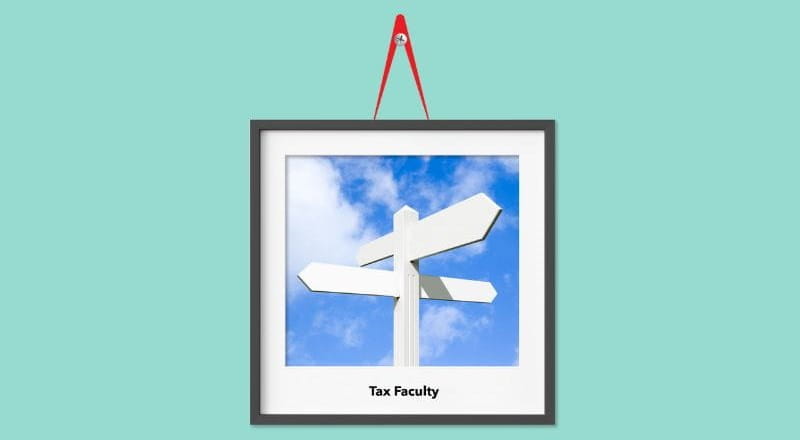Changes to employers’ NIC for 2025/26
The National Insurance Contributions (Secondary Class 1 Contributions) Bill was presented to Parliament for its first reading on Wednesday 13 November 2024. The main changes, which are all due to come into effect from 6 April 2025, are as follows:
- the rate of secondary (employer) NIC will increase from the current 13.8% to 15% on both earnings and benefits in kind provided to employees;
- the level at which employers start to pay contributions on their employees’ earnings (the secondary threshold) will be reduced from £9,100 to £5,000 per annum (or from £175 to £96 per week);
- the employment allowance, which can be offset against the employer’s secondary NIC bill, will be increased from £5,000 to £10,500 per year; and
- a current eligibility threshold that restricts the employment allowance to smaller employers will be removed. Currently, the claimant must have a secondary NIC liability of £100,000 or less in the prior tax year across all connected payroll schemes.
Impact on employers and employees
The government estimates that the measures are likely to result in an increased secondary NIC liability for around 940,000 employers. However, some smaller employers will benefit from a decrease in their secondary NIC bill due to the employment allowance changes.
There will be a requirement to update payroll software to account for the percentage increase in the secondary contribution rate as well as the changes to the secondary threshold, however the government does not expect this to have major cost implications for employers or payroll providers.
Although there is no direct impact on employees, the result of these changes will depend on the employer’s response. Some employers may seek to pass on the additional costs to the employees by limiting pay increases and headcount, especially in view of other forthcoming changes such as the increases to the national living and national minimum wage and strengthening of employee rights under the Employment Rights Bill.
In a Budget article, ICAEW warned that the increase in NIC may increase the incentive for workers to be treated as not employed, and therefore for more workers to be hired off payroll.
Employment Allowance
The employment allowance is effectively a reduction to an employer’s secondary class 1 NIC bill for the relevant tax year, with no carry forward available.
The increase in the employment allowance for 2025/26 aims to partially compensate some smaller employers for the increase in secondary contributions. The removal of the £100,000 threshold also means that certain employers in Northern Ireland will no longer need to consider state aid when reviewing their eligibility for the employment allowance.
However, other eligibility criteria for the employment allowance remain in force. This includes the fact that only one connected company or charity in a group can claim the allowance. Similarly, businesses with more than one payroll or PAYE reference for the tax year can only claim against one payroll. Further, some bodies and activities are excluded from the employment allowance, including the following:
- public sector bodies, or businesses carrying out more than 50% of their work in the public sector (with the exception of charities);
- those employing domestic employees such as cleaners or gardeners, unless they are care or support workers; and
- single director limited companies (eg, some personal service companies) with no other employees paid above the secondary threshold. However, provided there is at least one other employee (or director) with sufficient earnings for there to be a secondary NIC liability, meaning an employee with earnings of at least £5,000 for the tax year 2025/26, then this eligibility criterion is met.
Budget 2024
Read ICAEW's analysis of the Chancellor's Budget announcements and watch a recording of the Tax Faculty's webinar reflecting on the announcements.

Latest on business tax
The Tax Faculty
ICAEW's Tax Faculty is recognised internationally as a leading authority and source of expertise on taxation. The faculty is the voice of tax for ICAEW, responsible for all submissions to the tax authorities. Join the Faculty for expert guidance and support enabling you to provide the best advice on tax to your clients or business.




